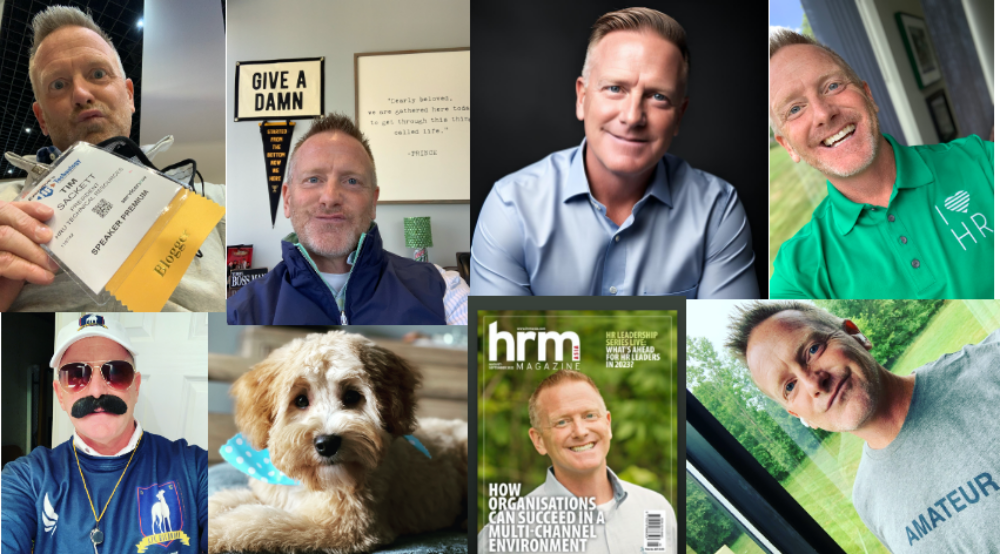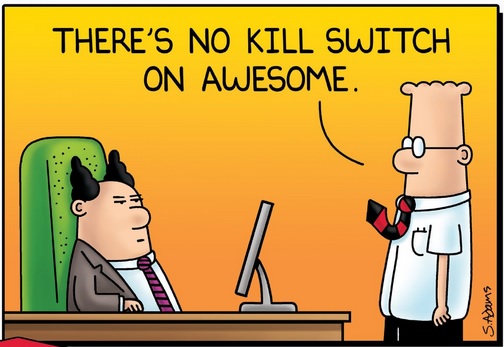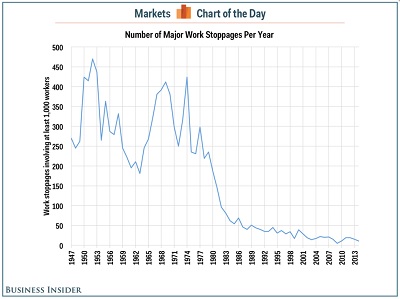Have you guys tried Jimmy John’s Gourmet Sandwiches (err, subs)? My family loves Jimmy Johns! Way too much of my annual income goes to this company!
Little known fact, I was once offered the head HR position at Jimmy Johns. Back in 2007 I was working for Applebee’s and we were bought out by IHOP (International House of Pancakes) – which was much smaller, but it was a recession and Applebee’s stock was down and the IHOP folks were sitting on a pile of cash, and the rest is just good old American capitalism.
The uncertainty of a takeover had me open to new opportunities, and a headhunter called me about Jimmy Johns. I was familiar with them, plus it was the top HR spot. The founder of Jimmy Johns was no longer in the picture, he groomed at young man, James North, to take over the company (read his story in the link, it’s fascinating). The ‘kid’ was like 28-29 when I went to interview. He was running around the place, full of energy, looking to change the world one freaking fast sub at a time.
The total interview lasted about 30 minutes. He threw me the keys to his Cadillac Escalade and told me to go find a house. Head of HR position, thirty minutes, go find a house. I had five hours before my flight left. I drove around Champaign, IL thinking it wasn’t East Lansing. James scared me, because he wasn’t like the big company operations leaders I had at Applebee’s. I turned the position down, to the chagrin of my sons.
Fast forward to two weeks ago. By social media chance I get connected with the head of HR for Jimmy Johns, Amber Rhoton. I had to share my story! I mean what HR pro gets keys thrown to them of a Cadillac and is told to find a house! It’s a brilliant story, part of her organization. She loved it, and confirmed James is still running the show, and the company is exponentially larger and more successful than it was in 2007.
Amber had the guts I didn’t have. We (my ragtag group of brothers and sisters in the HR thought leadership space) tell HR people to have courage all the time. I didn’t. I thought I did. But when push came to shove to prove it, I went back to the nice cushy well developed HR department at the largest casual dining company in the world. James had the vision I couldn’t see. Operations so tight that you can barely pay for your food when some kids is telling your sub is ready.
Building something from scratch and taking it to the next level is not easy, and it’s not safe. A position like that might not be for you. It takes a level of courage many people don’t have. It’s much easier to keep something on top, than to get it on top (people on top don’t believe this, but it’s true). Being number one has built in advantages, you don’t get chasing number one.
I envy HR pros like Amber, and operators like James. Those are the people you want to learn from. The knowledge level is higher for those who made the journey versus those who arrived at something already on top. We listen too much to those on top that did nothing but show up to an organization that was on top. I like the grinders. I like HR so fast, you’ll freak!



 orkforce Planning together in a single product. Gartner named them the ‘Cool’ product of 2014, and ‘Cool’ is an understatement!
orkforce Planning together in a single product. Gartner named them the ‘Cool’ product of 2014, and ‘Cool’ is an understatement!